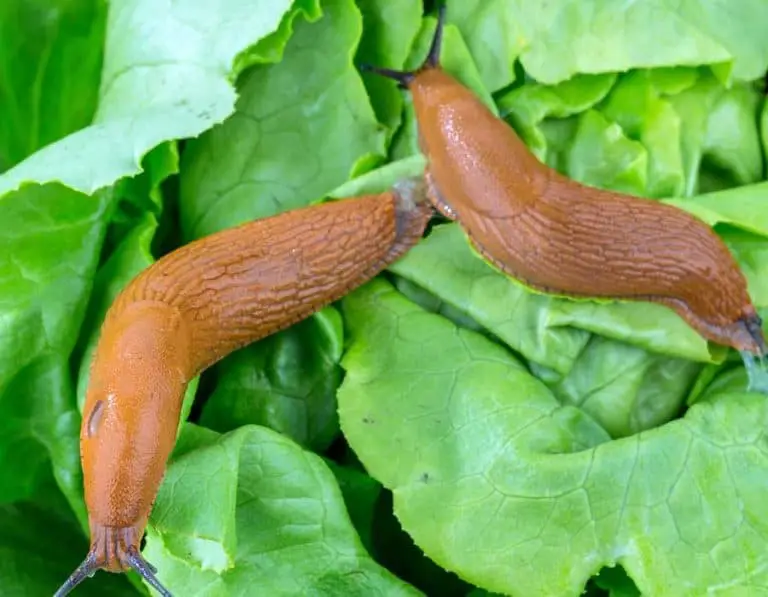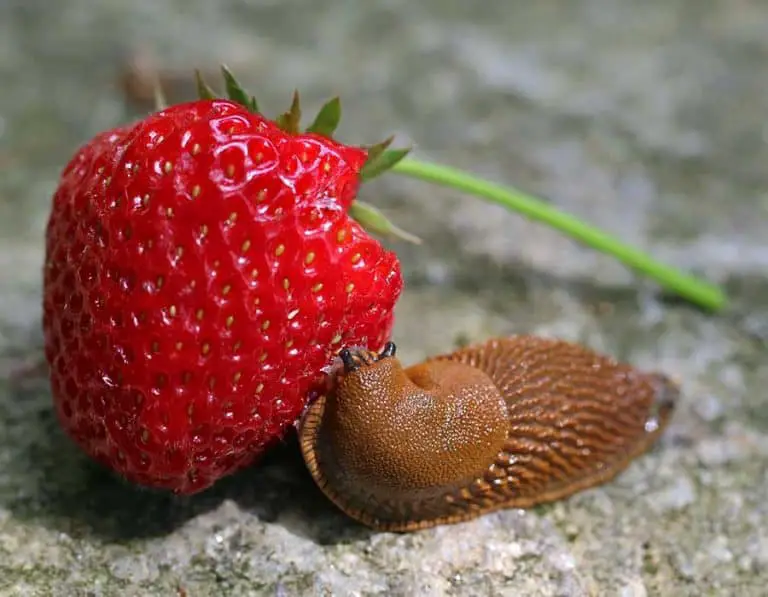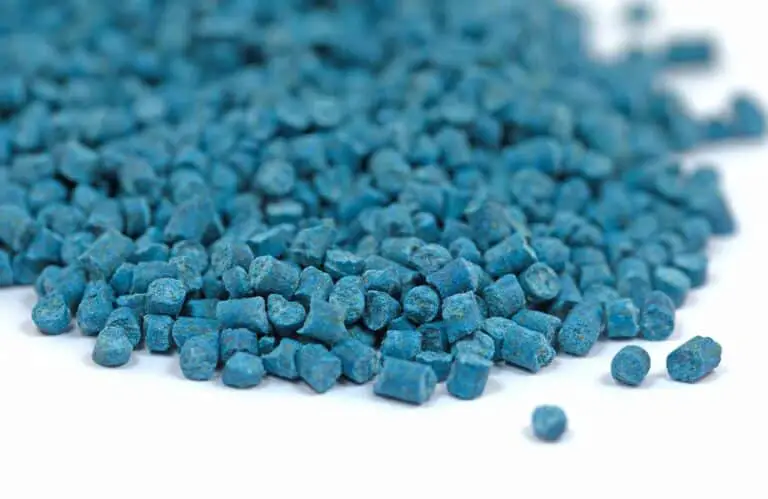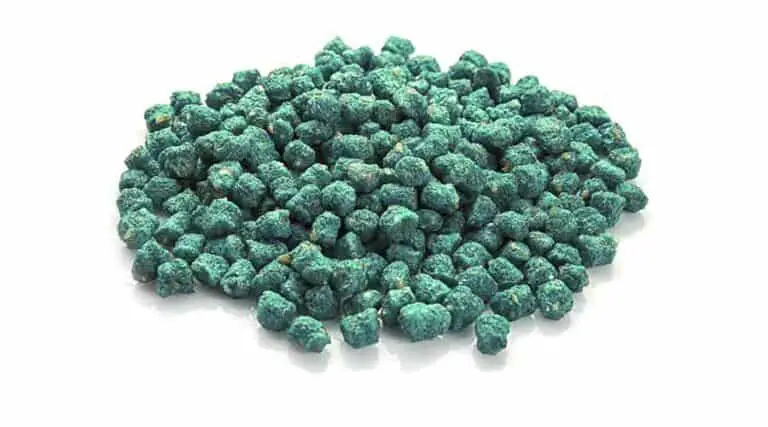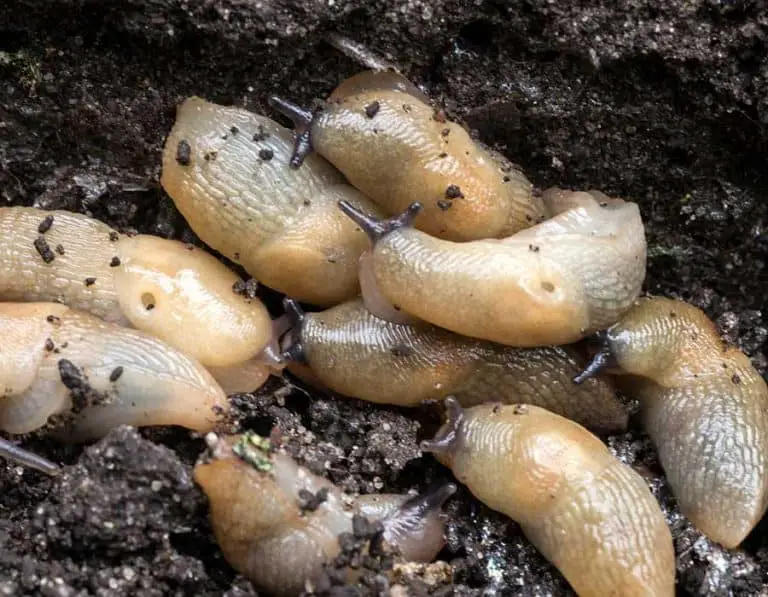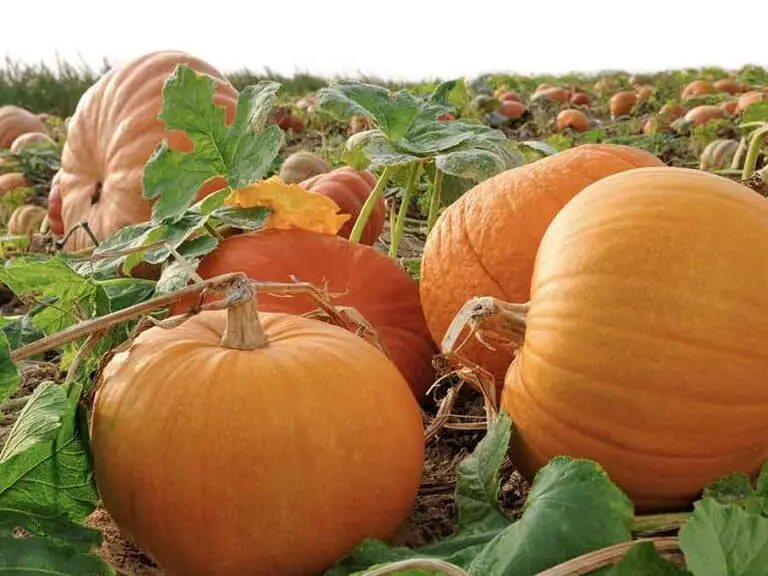What Eats Slugs? Attract Natural Predators of Slugs to Your Garden
Slug invasions are common in gardens where there’s sufficient food. Slugs are omnivores. They eat fresh herbs, vegetables, meat, and even decaying meats and vegetables.
You can eliminate slugs from gardens by attracting their natural predators. Hand-picking slugs isn’t a long-term solution so attracting animals that eat slugs is the best non-invasive method to eliminate slugs in the garden.
Both domesticated animals and wild animals eat slugs. Chicken and foxes eat slugs. They can feed on multiple slugs at a time. Hedgehogs, frogs, beetles, and centipedes also eat slugs in the garden. Snakes eat slugs in the wild, together with opossums.
Easy to catch, slugs are rich in protein. However, pets such as cats and dogs should not eat slugs as they carry lungworm.
As a result, attracting natural wild animals predators of snails is recommended. Various types of animals eat slugs so creating the right conditions to attract them to the garden can eliminate slug problems by creating a natural ecosystem where larger animals eat small animals.
Types of animals that eat slugs
Domesticated animals such as chickens can be used against slugs. Chicken has the advantage of eating almost anything but the disadvantage of also eating grass, flowers, and other decorative shrubs in the garden. You can consider a wider list of animals to eliminate slugs in the garden.

Chicken – can eat multiple slugs per day and handle invasions when grown in groups
Hedgehogs – constantly eat slugs as long as insects and bugs
Foxes – can eat a large number of slugs when hungry
Beetles – Ground beetles eat slugs
Centipedes – eat large amounts of slugs through the summer alongside worms, insects, and spiders
Frogs – eat slugs by ambushing

Lizards – eat slugs in shaded areas of the garden
Shrews – eat slugs up to 5 inches
Moles – eat plants and animals such as slugs
Snakes – eat small and large slugs
Opossums – eat invasive species such as slugs, snails, spiders, aphids, and rats
3 methods to attract animals that eat slugs
The problem with the animals that eat slugs is that most of them aren’t domesticated. Cats and dogs get sick from eating slugs so you need to attract the wild animals that eat slugs. Here’s how to do it.
1 – Increase the biodiversity in the garden
Biodiversity in the garden is the most important aspect when it comes to attracting animals that eat slugs.
An environment with low biodiversity repels the animals that eat slugs. Certain elements impact biodiversity in the garden to the point these animals stay away from the garden completely. These include the following.
- Using too much pesticide
- Not having a wildlife area in the garden
- Using strong lighting, especially LED lighting
- Not watering the garden
Increased biodiversity in the garden is not difficult to achieve. More wildlife attracted to the garden eventually leads to the full control of slugs.
Why garden biodiversity is important for eliminating slugs?
Increased biodiversity such as having more plants, trees, shrubs, flowers, and animals is known for its benefits when it comes to eliminating slugs.
Natural predators of slugs are not attracted to gardens with low biodiversity. They eat all types of foods a predator that only eats slugs is rare to non-existent.
Most predators have a varied diet which reduced dependency on a certain species. While some snakes only eat slugs and snails, they can also eat spiders and other insects when hungry.
Chicken, one of the easily available animals that eat slugs are also known for having a vary varied herbivorous and carnivorous diet.
You can increase biodiversity in the garden by following these steps.
- Build a garden pond
- Buy chicken
- Remove artificial lights from the garden to attract birds and insects
- Let grass and shrubs grow naturally in small areas
- Stop using pesticides and insecticides
- Consider adding deadwood
- Plant local trees, shrubs, and flowers
Planting exotic or foreign trees and flowers may or may not attract the wildlife that eats slugs. Indigenous plants are known for attracting various types of wildlife and it’s important to prioritize them above imported solutions.
For example, an area rich in asters is known to attract specific types of bees such as Two-spotted Longhorn bees and Carpenter-mimic Leafcutter bees. You need to consider adding asters to your garden if they’re found nearby to attract these pollinators also preyed on by the animals that eat slugs.
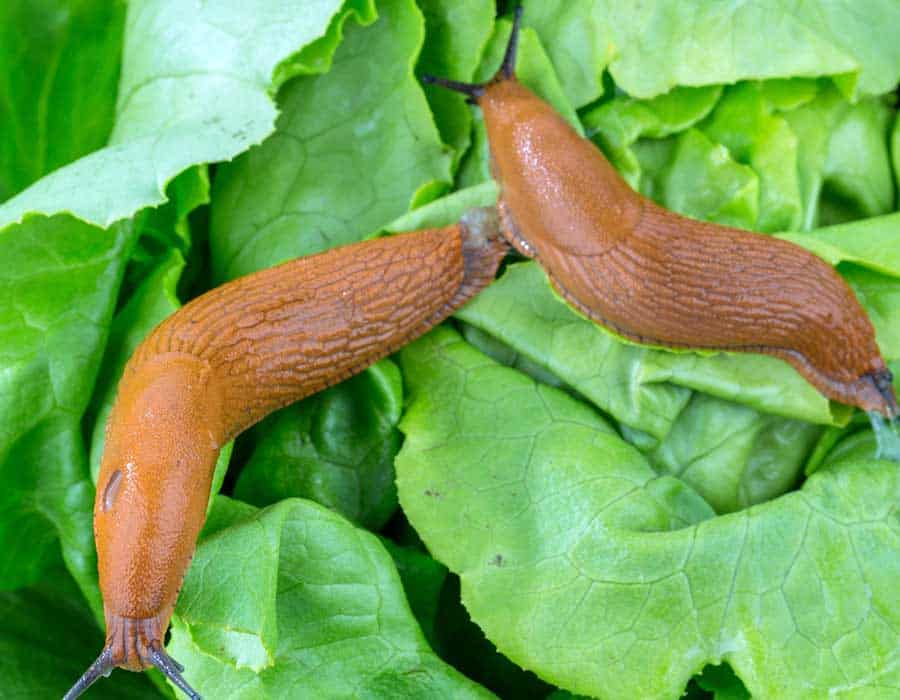
Why indigenous plants and flowers are best against slugs?
Indigenous plants are recommended to attract indigenous wildlife. Birds eat certain seeds they cannot get from plants and trees they aren’t indigenous. Snakes and lizards need indigenous plants to thrive.
Furthermore, indigenous plants attract local pollinators such as bees and wasps. In turn, bees are sometimes eaten by spiders such as the Crab spider. These spiders attract birds and chickens which also eat slugs.
Creating a complex garden ecosystem is mostly based on indigenous plants, vegetables, fruits, shrubs, flowers, and wildlife. All of these attract the wildlife that eats slugs.
2 – Refrain from mowing the lawn too much
Not killing biodiversity in the garden is just as important as increasing biodiversity. One of the easiest methods of killing biodiversity is by mowing too much or by mowing the entire garden.
One of the easiest methods to increase biodiversity without planting and without any tools or investment is refraining from mowing the entire garden.
Pockets or corners of wildlife in the garden have their benefits when it comes to biodiversity as plants naturally grow and develop with the help of pollinators. Wildlife follows soon.
You can mow the lawn in the areas closest to the house and leave a patch or a pocket of tall grass in the garden to improve the chances of seeing various flowers grow or to create a natural habitat for shrews, hedgehogs, beetles, and centipedes which eat slugs.
Some people mow the lawn more than 20 times per year. Others, especially those who love biodiversity mow the lawn up to 3 times per year.
Such a reduced mowing rate still takes care of excess weeds and shrubs, but it doesn’t eliminate natural predators of slugs for a long period as frequent mowing does.
Mowing the lawn just a little might be an in-between solution. Tall grass may still shelter some predators such as Newts which is still better than having no slug-eaters at all.

Why frequently mowing the lawn is bad for slugs?
Trimmed shrubs and mowed lawns are important in keeping certain bugs away. However, constantly mowing the lawn or not allowing for biodiversity to develop in a certain area of the garden are known for killing biodiversity.
3 – Build limestone walls to attract mosses, spiders, and glowworms
Stone walls, particularly limestone walls, are some of the easiest methods of increasing the natural biodiversity in the garden as well as killing slugs.
Stone walls attract various types of mosses, especially on the side that doesn’t get full sun exposure. In turn, this creates a cool shaded place for slugs to hide in during the day as they seek out the spaces between the stones as shelter.
Glowworm larvae are known to eat slugs and nest between stones as well. This shaded place that isn’t dry attracts a wider range of slug predators.
Stone walls also attract plenty of spiders that set up spider webs taking advantage of the spaces between the stones to catch flying insects. In turn, this also attracts doves, carrions, and other types of birds that eat slugs.
Why dry stone stack walls are good against slugs?
The biggest reason to build a stacked stone wall is to attract the predators that eat slugs. You don’t need to put out food to attract these predators as the biodiversity in the garden and around the wall improves naturally.
Lichens and ferns that grow on stone attract spiders, bugs, insects birds, and other slug predators love. Even Newts are found around stone walls and they’re also known for eating slugs.
Should you allow cats and dogs to eat slugs?
Slugs can be a quick meal for cats and dogs. However, slugs carry parasites the digestive system of pets cannot handle. Wild cats might eat slugs without any health risks. However, domesticated cats and dogs show lungworm issues after eating just 1 slug at times.
The risks of catching a parasite from slugs are reduced when there are just a few slugs for cats and dogs to eat in the garden. Things change in the case of serious slug invasions which are almost guaranteed to carry this parasite. Lungworms move through the circulatory system of cats and dogs causing all types of infections that may even be fatal.
Summary
Domesticated animals and many wild animals eat slugs. Chickens, a common type of domesticated animal need to be let loose in the garden frequently to catch and eat slugs. Wild animals such as birds can be attracted to the garden by not reducing and by improving natural biodiversity. The more prey wild animals have in the garden the likelier they are to also eat slugs.

